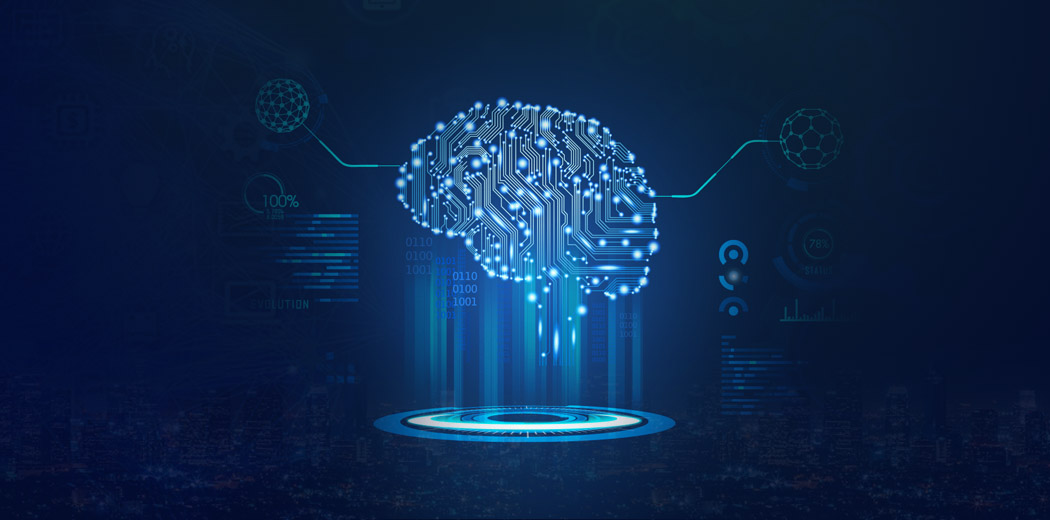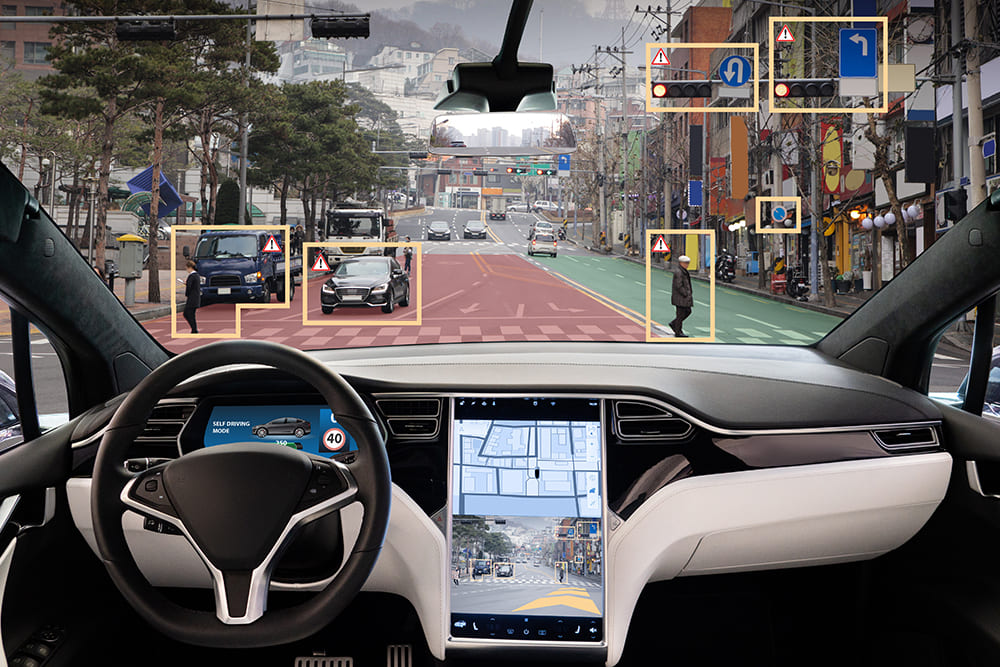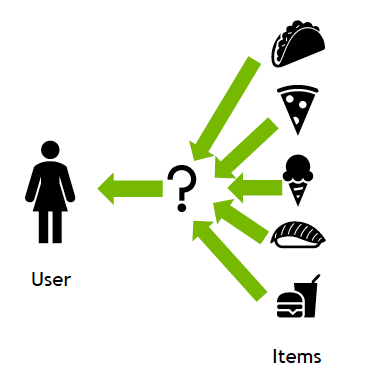Incremental learning represents a dynamic approach in academia, fostering gradual and consistent knowledge assimilation. Unlike conventional methods that inundate learners with vast information, incremental learning dissects intricate subjects into manageable fragments. In machine learning, the incremental approach trains AI models to absorb new knowledge progressively. This empowers models to retain and enhance existing understanding, forming a cornerstone for continuous advancement.
Table of contents
- What is Incremental Learning?
- Benefits of Incremental Learning
- Real-World Applications of Incremental Learning
- How to Use Incremental Learning in Your Project?
- Steps to Implement Incremental Learning Algorithms
- Challenges of Implementing Incremental Learning Algorithm
- Conclusion
- Frequently Asked Questions
What is Incremental Learning?
Incremental learning is an educational approach that gradually accumulates knowledge through the years by introducing new data in small, manageable increments. Instead of attempting to learn everything immediately, incremental learning breaks down complicated topics into smaller chunks. This approach emphasizes spaced repetition, regular reviews, and the reinforcement of previously learned concepts, which collectively enhance understanding, retention, and long-term mastery of the subject.
In incremental learning, an AI model progressively enhances knowledge without forgetting previously acquired information. Thus, it imitates human learning patterns. This learning is crucial in cases where data input is attained in a sequential order or where the storage of all data is not feasible.
Benefits of Incremental Learning
Whether you’re aiming to supercharge your memory, make efficient use of your resources, adapt to real-time changes, or simply make learning a more manageable journey, incremental learning offers a range of compelling benefits:
- Enhanced Retention: By revisiting and building up previously learned material, incremental learning improves retention and helps solidify knowledge over the years.
- Efficient resource usage: The incremental learning model needs to store less data at a time, so it helps with memory savings.
- Real-time adaptation: Incremental learning models have the ability to adapt to changes in real time. For instance, product recommendation systems learn a user’s preferences over time and recommend relevant products that would pique their interest.
- Efficient learning: It enhances the ML model’s ability to learn new tasks quickly and improves their accuracy by breaking a task into smaller parts.
- Sustainable Learning Habits: Incremental learning encourages sustainable learning habits by making the process less overwhelming and more managed.
- Application-Oriented: Regular practice and application of concepts are inherent to incremental learning, enhancing practical understanding and skills.
Must Read: Incremental and Reinforced learning for Image classification
Real-World Applications of Incremental Learning
Each of these examples showcases how incremental learning adds depth and sophistication to various domains, enhancing everything from language proficiency to the accuracy of AI models and the safety of self-driving cars. This dynamic approach demonstrates the transformative impact of building upon existing knowledge, yielding more intelligent and adaptable systems.
Language Learning
Incremental learning finds its footing in the realm of language acquisition, a journey where learners systematically build their vocabulary and grasp grammar intricacies. This gradual approach allows learners to enhance their linguistic skills progressively, stepping up their proficiency level over time. From mastering basic phrases to comprehending complex sentence structures, incremental learning paves the way for a well-rounded language command.

AI and Machine Learning
In the dynamic world of AI and machine learning, incremental learning techniques take the reins to refine and replace models based on new information influx continuously. These techniques ensure the model stays updated with the latest data, adapting to evolving patterns and insights. This flexible approach is particularly vital in domains where change is the only constant, allowing AI systems to remain highly accurate and relevant.

Fraud Detection Systems
Stepping into the financial sector, incremental learning algorithms are critical in combating fraudulent activities within banking systems. Mastercard employs these algorithms to scrutinize various variables and assess the probability of fraudulent transactions. With each new data instance, the algorithms refine their understanding, bolstering the accuracy of detecting fraudulent behaviors and safeguarding financial transactions.

Self-driving Cars
The realm of autonomous vehicles is another area where incremental learning shines. Self-driving cars harness the power of accumulated knowledge, learning from previous experiences to navigate their surroundings more effectively. As these cars traverse roads, they gather data from various situations, enhancing their understanding of different scenarios. Tesla’s cars collect data from the road to improve their machine-learning models, creating safer and smarter driving experiences.

Recommendation Systems
In the digital landscape, incremental learning shapes the personalized recommendations we encounter daily. From news articles to movie suggestions, recommendation systems understand our preferences over time, curating content that aligns with our tastes. This approach gradually refines its understanding, fine-tuning recommendations to ensure users enjoy a tailored and engaging consumption journey.

How to Use Incremental Learning in Your Project?
When incorporating incremental learning into your projects, several algorithms have been developed to meet this specific need. Let’s explore a few popular options in detail:
Stochastic Gradient Descent (SGD)
SGD is a prevalent choice for incremental learning. It updates model parameters using individual samples or mini-batches of data. This approach enables gradual learning as the model processes each batch sequentially. From simple linear regression to complex deep learning models, SGD finds broad application.
For instance, consider a predictive maintenance system for a manufacturing plant. By employing SGD, the system can adaptively train on sensor data, fine-tuning the model’s parameters as new readings arrive. This approach enhances the model’s accuracy in anticipating potential equipment failures over time.
Also Read: Variants of Gradient Descent Algorithm
Online Support Vector Machines (SVM)
Online SVMs are adaptations of traditional SVMs tailored for incremental learning. They update the SVM model with each new data point, making them suitable for data streams or large-scale applications where frequent model retraining is impractical.
For example, envision a real-time text classification task for a news agency. An online SVM could classify incoming articles into various topics as they arrive, progressively refining its classification accuracy as it learns from new articles.
Incremental Decision Trees
Decision trees, a type of machine learning algorithm, can also support incremental learning. Algorithms like the Hoeffding Tree or Very Fast Decision Tree (VFDT) build decision trees incrementally, using statistical methods to determine optimal node splits.
Consider a telecommunication company predicting customer churn in real-time. Using an incremental decision tree, the model learns from each customer interaction, gradually improving its predictive capabilities for identifying potential churners.
Incremental Deep Learning Models
Deep learning models, particularly recurrent neural networks (RNNs) and certain convolutional neural networks (CNNs), can be tailored for incremental learning. These models learn from new data by updating their weights incrementally, making them suitable for streaming data or dynamic environments.
For instance, an e-commerce platform can deploy an incremental deep learning model for real-time product recommendations. The model learns from user interactions, adjusting its weights incrementally to better capture user preferences and deliver more accurate suggestions.
Incorporating incremental learning algorithms demands careful consideration of your project’s needs and algorithm characteristics. By selecting the appropriate algorithm and understanding its intricacies, you can leverage incremental learning to enhance your machine learning models effectively.
Also Read: Analyzing Types of Neural Networks in Deep Learning (RNN vs CNN vs MLP)
Steps to Implement Incremental Learning Algorithms
Implementing incremental learning algorithms includes designing and developing systems that progressively enhance performance by learning from new data in small, manageable increments. Here’s a general outline of how to implement such algorithms:
1. Data Collection and Preprocessing
Begin by collecting relevant data and preparing it for analysis. This includes procedures like data cleaning, transforming raw data into usable formats, and extracting essential features.
2. Model Initialization
Initiate the learning model with an initial dataset. This dataset might comprise a smaller representative sample or a subset of the entire available data.
3. Incremental Updates
Instead of retraining the model from scratch, incorporate new data in a gradual manner. Adjust the model’s parameters, weights, or components based on the incoming information.
4. Spaced Repetition
Implement spaced repetition principles by revisiting and retraining the model with older data at regular intervals. This practice reinforces prior knowledge and mitigates the risk of forgetting.
5. Model Evaluation
Periodically assess the model’s performance using validation or test datasets. This assessment helps gauge whether the model’s accuracy is being maintained or improved.
6. Concept Drift Detection
Monitor the data distribution for concept drift or shifts over time. Modify the model to accommodate these changes, ensuring its continued relevance.
7. Regularization and Forgetting
Apply regularization techniques to prevent catastrophic forgetting, where new data erases previously acquired knowledge.
8. Batching and Mini-Batching
Depending on the algorithm’s requirements, use batching or mini-batching to efficiently process and update the model with new data.
9. Algorithm Choice
Select suitable incremental learning algorithms based on the specific problem type (classification, regression, clustering) and the precise needs of your application.
10. Hyperparameter Tuning
Fine-tune hyperparameters to strike a balance between learning from new information and retaining prior knowledge.
11. Scalability
Consider the scalability of the system, ensuring it can efficiently handle increasing amounts of data over time.
12. Documentation and Monitoring
Maintain detailed documentation of the incremental learning process, including model adjustments and the outcomes of updates. Continuously monitor performance metrics to ensure consistent enhancement.
Challenges of Implementing Incremental Learning Algorithm
Implementing incremental learning algorithms comes with its own set of challenges:
1. Catastrophic Forgetting
Imagine a voice recognition system that learns new accents while forgetting previously mastered dialects. Striking a balance between accommodating new learning without erasing valuable existing knowledge is akin to a tightrope walk.
2. Concept Drift
Picture a weather prediction model adjusting to changing climate patterns over the years. Adapting to evolving data distributions and maintaining accuracy in the face of concept drift requires constant vigilance and strategy.
3. Efficient Updates
Think of an e-commerce platform’s product recommendation system that swiftly incorporates customer preferences without consuming excessive computational resources. Ensuring real-time, efficient updates as the dataset expands is like managing a dynamic puzzle.
4. Memory Constraint
Consider an AI-driven medical diagnosis tool that accumulates patient data over time. Managing memory usage to prevent resource depletion is crucial to ensure consistent performance, despite increasing data load.
5. Data Quality
Visualize an autonomous vehicle incorporating real-time road data, inadvertently learning from inaccurate or misleading information. Ensuring the quality of incoming data through proper cleaning and preprocessing is essential to prevent skewed learning.
6. Bias and Fairness
Think of a credit scoring model updating based on new financial data, inadvertently amplifying gender-based biases. Safeguarding against unintentional bias amplification while ensuring fairness is an ongoing challenge.
7. Algorithm Selection
Imagine a medical diagnosis AI struggling to adapt due to inappropriate algorithm choice. Selecting suitable learning algorithms requires understanding their strengths and limitations to make informed decisions.
8. Hyperparameter Tuning
Picture a language translation model trying to learn new phrases while maintaining coherent sentence structures. Fine-tuning hyperparameters to balance fresh learning and retaining coherence is akin to managing a harmonious symphony.
9. Evaluation and Metrics
Consider an AI-driven stock market predictor adapting to changing market dynamics. Crafting evaluation metrics that consider both historical and new data requires careful consideration to assess true progress.
10. Stability vs. Adaptability
Visualize a recommendation system for news articles seeking a balance between offering familiar content and introducing new perspectives. Navigating the fine line between stability and adaptation is an art in itself.
11. Long-Term Dependencies
Think of a music recommendation algorithm trying to capture evolving user preferences over time. Addressing complex dependencies and correlations spanning incremental updates is like weaving a coherent narrative.
12. Lack of Labeled Data
Imagine a medical imaging AI updating its diagnostic abilities over time, relying on labeled patient data. Ensuring a continuous supply of annotated data can be challenging, impacting the model’s learning curve.
13. User Expectations
Consider a fitness app adapting to user preferences while expecting immediate performance enhancements. Balancing user expectations with the incremental learning process requires managing anticipation.
14. Privacy Concerns
Picture a smart home system adapting to residents’ behaviors, potentially incorporating sensitive data. Addressing privacy concerns and ensuring data security within an evolving learning environment demands a delicate touch.
Conclusion
Incremental learning simplifies complex subjects by breaking them into manageable steps. Its benefits, including better retention and reduced cognitive load, make it valuable for learners across fields. While implementing incremental learning algorithms has challenges, like forgetting and concept shifts, they can be tackled through planning and efficient updates.
If you’re interested in delving deeper into the world of learning algorithms and superior techniques, explore our Blackbelt Plus Program. This program allows for learning cutting-edge concepts in incremental learning, AI and machine learning. Embrace the power of continuous learning and equip yourself with the skills to navigate the ever-evolving landscape of modern learning and technology. Join the program today and unlock your capability for lifelong success.
Frequently Asked Questions
A. Language acquisition. Start with basic vocabulary and grammar, gradually adding complex structures and advanced words, expanding language skills over time.
A. Here are the 3 types of incremental learning:
– Instance-Based: Incorporate new data instances, updating the model.
– Feature-Based: Add new features, enhancing model’s learning ability.
– Model-Based: Update parameters while retaining the model architecture.
A. Process involves Data Collection, Model Initialization, Incremental Updates (with new data), Regular Reviews, and Concept Drift Detection.
A. Enhance model performance, prevent forgetting old data, adapt to dynamic environments, save time/resources, and foster deep understanding by building on knowledge.




